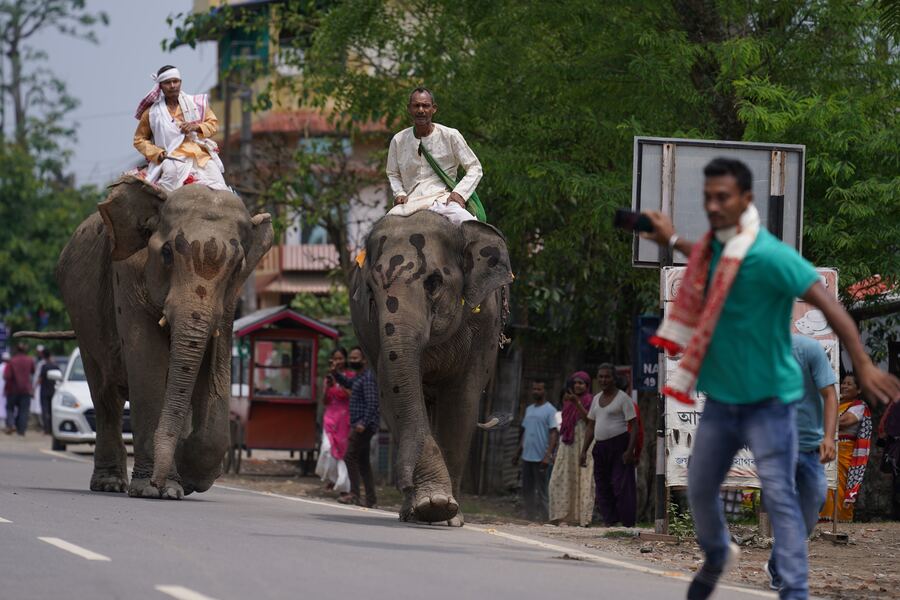Bihu is one of the most popular festivals celebrated in the northeastern Indian state of Assam. It is a three-day festival that marks the arrival of spring and is celebrated with great fervor and enthusiasm by the people of Assam.
The festival is celebrated three times a year, in January (Magh Bihu), April (Rongali Bihu), and October (Kongali Bihu). Rongali Bihu, also known as Bohag Bihu, is the most important of the three and is celebrated in mid-April.
The festival is characterized by the sound of dhols (a kind of drum), the aroma of delicious Assamese cuisine, and colorful traditional clothes worn by the people. The festival is a time for people to come together and celebrate the beauty of nature and its bounties.
During Bihu, people participate in various cultural activities such as traditional dances, songs, and games. The Bihu dance, also known as the Bihu Naas, is one of the most popular dances performed during the festival. It is a group dance performed by both men and women and involves intricate footwork and rhythmic movements.
Another important aspect of Bihu is the food. Traditional Assamese cuisine is served during the festival, including dishes like pitha, laru, doi chira, and more. Pitha is a type of rice cake made with coconut and jaggery, while laru is a sweet made from sesame seeds and jaggery. Doi chira is a dish made from flattened rice, curd, and jaggery.
Bihu is also a time for families to come together and celebrate. People visit each other's homes, exchange gifts, and spend time with their loved ones. The festival brings people closer and helps to strengthen the bonds of family and community.
In conclusion, Bihu is a vibrant and colorful festival that celebrates the arrival of spring and the beauty of nature. It is a time for people to come together, dance, sing, and enjoy traditional Assamese cuisine. The festival has a rich cultural significance and is an important part of the Assamese identity.
